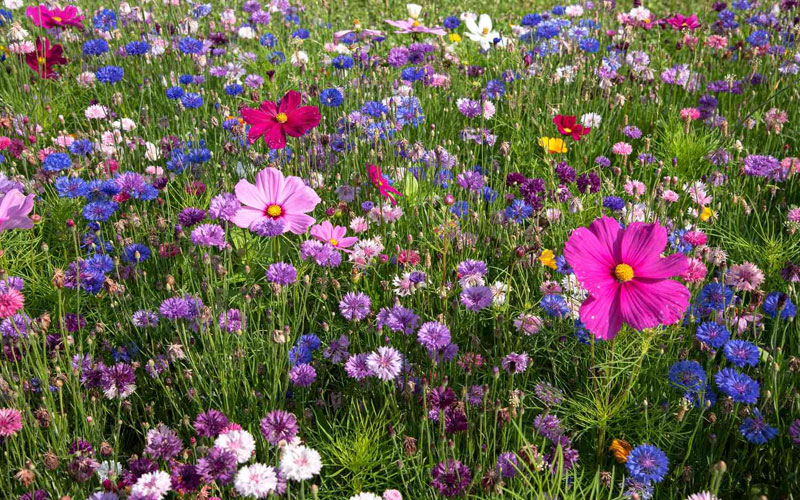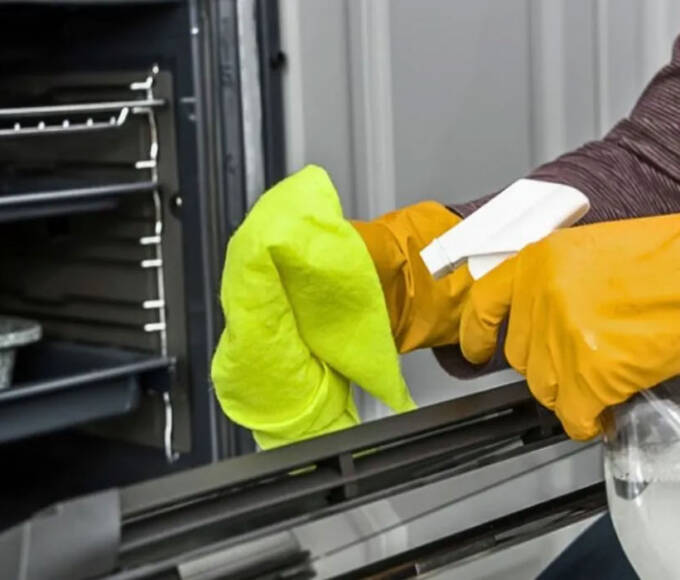You might think maintaining a wildflower garden is tough, but it’s simpler than you’d expect. You’ll see them thrive by understanding their growth cycles and applying optimal watering techniques.
Pruning, deadheading, and managing weeds are also crucial. With the right strategies, you’ll nourish your soil and protect your flowers from pests.
Understanding Wildflower Growth Cycles
To maintain your wildflower garden effectively, you’ll need to understand the unique growth cycles of wildflower seeds. Each species has distinctive growth patterns, blooming periods, seed amounts, and seed dispersal methods. This knowledge is pivotal for wildflower meadow maintenance.
Some wildflower species, for example, may grow rapidly in spring, bloom in summer, and spread their seed heads in late fall. Others might have a completely different cycle.
Understanding wildflower growth cycles allows you to anticipate their needs, from watering to weeding and pruning to seeding.
Optimal Watering Techniques
Optimal watering techniques for your wildflower planting hinge on understanding their specific needs and the condition of your soil.
Don’t overwater. Wildflower seeds generally prefer drier conditions. In drought conditions, a deep, infrequent watering technique is best. This method encourages perennial and annual wildflowers to grow deeper into the soil, enhancing the plant’s drought tolerance.
Nourishing Your Soil
It’s crucial to understand soil fertility. This step involves nourishing your soil with organic matter and monitoring the health of existing vegetation. A soil test is your best friend here, offering precise data on the nutrient content of your garden bed.
You can tailor your approach to adding organic matter, such as compost or manure.
Managing Wildflower Weeds
Your wildflower meadow is susceptible to unwanted weeds, mainly perennial weeds known for their persistent and invasive nature.
These weeds compete with your wildflowers for space, sunlight, and nutrients, undermining your gardening efforts.
Regular monitoring is the first step towards controlling weed growth and protecting your wildflower meadows. Moreover, consider the use of mulch to suppress weed growth.
Pruning and Deadheading Wildflowers
Pruning involves cutting back your perennial wildflowers after they’ve bloomed to promote healthier growth. It’s best done in late winter or very early spring before new growth starts.
Deadheading wildflowers, on the other hand, is about removing spent flowers. It prevents the plant from focusing energy on seed production and encourages more blooms.
For your wildflower gardens to flourish, you must be meticulous in pruning and deadheading.
Protecting Wildflowers from Pests
Pests can wreak havoc on your wildflower plants, especially new ones that have yet to establish strong roots.
When you plant wildflowers, applying organic pesticides and introducing beneficial insects that prey on harmful pests are crucial.
These steps can aid in protecting wildflowers from pests, ensuring the longevity and vibrancy of your perennial flowers.
Seasonal Maintenance Tips
As you diligently guard native plants against pests, don’t forget the importance of adjusting your wildflower meadow care according to the changing seasons.
Seasonal wildflower mix maintenance tips include altering your wildflower garden maintenance to accommodate the lifecycle of perennial plants and the fluctuating climate.
In the growing season, ensure your wildflower seed mixes are well-watered, but the soil surface is not waterlogged.
Fall is the perfect time for planting a new perennial grass seed, and spring is ideal for trimming any dead foliage.
Last Words
You’re well on your way by understanding wildflowers’ growth cycles, mastering watering and soil nourishment, managing weeds, pruning, and protecting from pests. Remember, seasonal maintenance is vital. Keep nurturing your outdoor wildflower garden, and let it bloom, thrive, and astonish. After all, nature rewards those who care for it.








